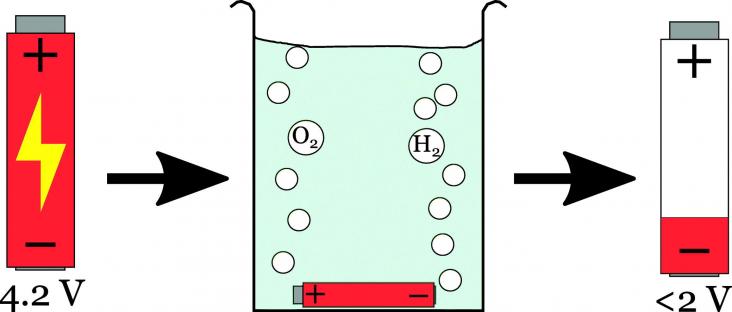With the increasing importance of ‘emerging powers’ in the global economy, questions are raised about the role of developing countries in shaping global norms.
The use of advanced technological solutions (“neurotechnologies”) can improve the clinical outcomes of neurorehabilitation after stroke. Here, Micera et al.

The cost-effectiveness and reliability of waste collection services in informal settlements can be difficult to optimize given the geospatial and temporal variability of latrine use.
The recovery of resources from waste streams including food production plants can improve the overall sustainability of such processes from both economic and environmental points of view.
This book chapter addresses goals 7, 9, and 13 by reviewing the prospects and constraints for bioenergy development in Africa to ensure sustainable bioenergy production in the future.
This book chapter addresses goals 9 and 12 by describing recycling methods including primary, mechanical, chemical and quaternary, to create new valuable products from plastic wastes and keep them out of landfill.

The development of mass-market electric vehicles (EVs) using lithium-ion batteries (LIBs) is helping to propel growth in LIB usage, but end-of-life strategies for LIBs are not well developed.

The utilization of existing metallurgical infrastructure and integration of secondary process streams into primary metals production can provide advantages over separate recycling plants.
The International Association of Fire Safety Science (IAFSS) is comprised of members from some 40 countries.
